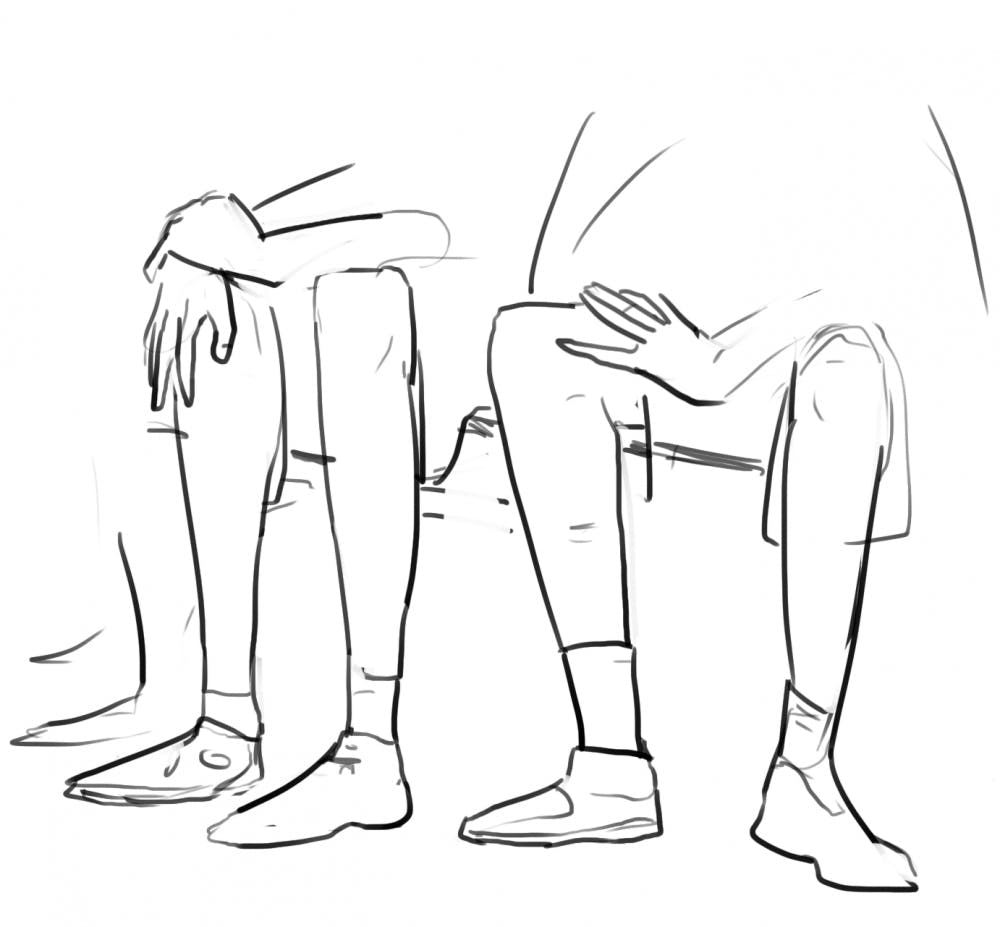The San Antonio Spurs and Golden State Warriors are the two best teams in the NBA. As one might expect, their nationally broadcasted matchup Mar. 12 was as highly anticipated as any game this season.
But it fell far short of expectations. The Spurs were missing their three best players because of injuries, which is unfortunate enough on its own. But the Warriors responded by voluntarily resting three of their own stars in addition to the injury-induced absence of former Most Valuable Player Kevin Durant. Without the league’s best in the spotlight, the game ended up a lackluster competition between no-name bench contributors, disappointing TV viewers who had eagerly awaited it and fans who had paid exorbitant ticket prices to see their favorite players in person.
Resting players has become a hot topic in the NBA recently, culminating in a letter from Commissioner Adam Silver to teams after the Warriors-Spurs game and a similar situation involving the defending champion Cleveland Cavaliers. According to media outlets that obtained the text of the memo, Silver described players missing games for rest as “an extremely significant issue for our league.” He also encouraged team owners to be involved in rest decisions and asked them to consider the ramifications of player rest for the league’s TV partners.
The NBA’s position on player rest is an obvious one. When stars miss games they do not have to, they disappoint fans who pay for tickets, and games without stars cut viewership for TV providers who pay a hefty fee to broadcast games. Money is the league’s end-all, be-all, so its stance makes plenty of sense. But with no formal restrictions on rest, teams that sit players are not subject to any punishment.
The players are, of course, acting out of self-interest as well. Resting is most common on teams that have made deep playoff runs and hope for another this summer. The Warriors and Spurs fit this description, as do the Cavaliers.
The Cavaliers played 23 playoff games last season — an additional quarter of an NBA season. With older players like 32-year-old LeBron James, the organization needs to ensure that its team can handle a grueling title run. As Cavaliers General Manager David Griffin said to ESPN, “They’re paying me to win a championship. I’m not overly concerned about the perception of it.”
So how can the league and its players reach a mutually agreeable solution? They have already taken one major step with their new collective bargaining agreement. Among many other changes, the new CBA shortens the preseason and adds a week to the regular season schedule, giving players more time to rest. This change is specifically aimed to decrease the number of times when teams have games on back-to-back nights. Those two-game sets are especially hard on players, and both the Warriors and Cavaliers rested their players on the second leg of a back-to-back.
But a few extra days off during the year may not be a sufficient solution. Some have suggested cutting down on the number of games in a season, but that idea is a financial non-starter: fewer games mean less money for everyone.
To reduce instances where teams rest players wholesale, the league could introduce a rule that only one player per team may be sat for rest per game. Such a restriction would not prevent players from taking the time they need to get healthy, but it would prevent situations where a team rests all of its stars and effectively throws a game.
A more out-of-the-box idea is to reduce the number of teams that make the playoffs. Sixteen of the 30 NBA teams make the playoffs every year, and the title-contending teams are sure to demolish their first round opponents each time. If only six teams made the playoffs in each conference, the league could give the top two teams in each conference a first-round bye. This change would give the top teams time to rest before their postseason matchups and would also increase the importance of regular-season games for contenders. They are willing to rest players when a playoff berth is all but assured; would they feel the same if they were on the cusp of losing that first-round bye?
Player rest in the NBA is a controversial topic, with compelling arguments on both sides. But there is a middle ground to be found, both by changes already made and by more aggressive changes to come. The NBA doesn’t have to sacrifice the health of its players in order to make sure they’re on the court every night.
Andrew Flax ’17 can be reached at andrew_flax@brown.edu. Please send responses to this opinion to letters@browndailyherald.com and other op-eds to opinions@browndailyherald.com.





